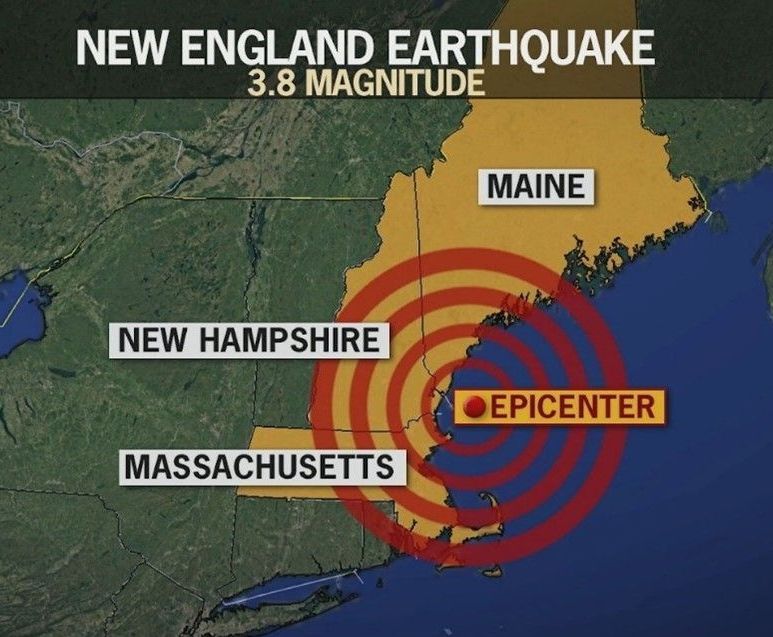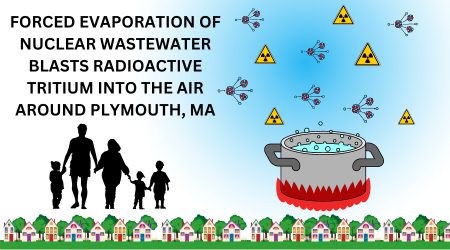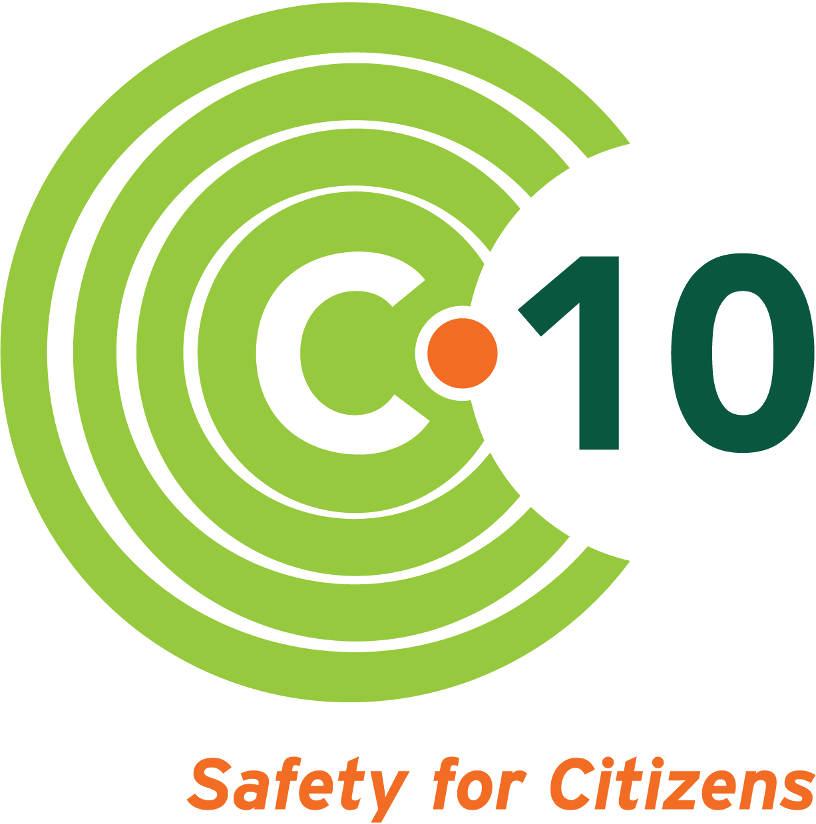Democracy and public safety? Yes please.
- By Christopher Nord, C-10 board member
- •
- 04 Feb, 2019
Lawmakers push NRC for transparency and caution in light of failing concrete at Seabrook nuclear plant

The staff of the U.S. Nuclear Regulatory Commission had announced that before the end of January 2019, they would move to extend the Seabrook Station atomic plant’s operating license by 20 years, to 2050—this, in the face of a serious problem with degrading concrete at the plant.
They would be able to do so only by first approving the License Amendment Request (LAR), filed in 2016 by Seabrook owner NextEra Energy for “aging management” of the condition known as alkali-silica reaction (ASR)—the same matter that C-10 is preparing to oppose in a formal hearing next summer, before the NRC’s Atomic Safety and Licensing Board (ASLB).
C-10 got involved in this case because we have grave concerns about the ability of Seabrook’s concrete to continue protecting the public as designed. We believe that the matter is complex and new enough that it deserves extra scrutiny, with independent scientific review of the testing methodology that underpins NextEra’s plans to manage the concrete. While Seabrook is the first U.S. commercial reactor known to be suffering from ASR, its presence was a factor in the closure of plants in Canada, Belgium and France. No federal guidelines yet exist as to how to manage this condition at nuclear plants.
Because Massachusetts and New Hampshire Members of Congress spoke up, and spoke emphatically, for C-10’s right to have its contentions addressed and resolved before NRC rules on the LAR, these actions were delayed—for the time being. For this reprieve, we are grateful to Senators Markey, Warren, Hassan, and Shaheen, and Congressmen Moulton and Pappas.
What the NRC has committed to is a public meeting to be held in Hampton, N.H. on February 13, after which they have stated they are free to continue with these rulings. Although a new opportunity for the public to learn about and comment on these two licensing proceedings and the issue of Seabrook’s degraded concrete, this meeting should not give a pass to NRC staff to ignore the hearing for which C-10 is preparing, and it doesn’t satisfy the requests of the federal delegations who represent those living and working near this aging reactor.
C-10 has worked for the right to present our case in opposition to NextEra’s LAR since early 2017. Five of our original ten contentions were accepted by the ASLB in October of that year, reformulated as a single contention that:
“The large-scale test program, undertaken for NextEra at the FSEL (lab in at University of Texas, Austin), has yielded data that are not ‘representative’ of the progression of ASR at Seabrook. As a result, the proposed monitoring, acceptance criteria, and inspection intervals are not adequate.”
Since then, C-10 volunteers have expended many hundreds of hours studying technical documents, developing our strategy, securing expert witnesses to support our case, and raising money to enable this expert testimony and legal consulting. C-10 and our congressional representatives want our case concluded before NRC grants either the license amendment request, or a license extension.
One the one hand, the branch of the NRC that oversees issues regarding current operating licenses—the ASLB—moves toward the proper adjudication of C-10’s opposition to the license amendment request. Concurrently, another branch of the NRC is asserting its authority to rule on Seabrook’s license extension—which, coincidently, requires a prior ruling on the same LAR that we have legal standing to oppose, but for which we will not get to make our case for another six months!
Members of Congress who share our concerns for public safety are trying to resolve this conundrum by calling on the NRC to allow C-10 to carry its case to conclusion before any ruling on either the LAR, or the license extension, is made. However, all that NRC has promised is a public meeting. This does not begin to address their contradictory actions that threaten to undermine the effectiveness of C-10’s case.
While this kind of treatment, on the part of a federal agency, effectively usurps the democratic process that should be available to its citizens, in the case of the NRC it is not unprecedented. In the late 1980s, all six towns in Massachusetts within the 10-mile Emergency Planning Zone voted—after thorough study by official committees within each town— to reject the evacuation plans formulated to handle an emergency at Seabrook.
As a result, then-Governor Dukakis refused to sign the plans for the Commonwealth; and the Region 1 head of the Federal Emergency Management Agency (FEMA), Ed Thomas declared that he could not adopt Massachusetts’ Emergency Response Plans (ERP’s)—a requirement for completion of Seabrook’s licensing process. NRC stepped in, making two quick changes to their own rules: first, they allowed a completed reactor to start up to 5% power—so-called “low power test”—without any emergency response plans in place; and second, they allowed the ownership of a given reactor (Public Service Company of New Hampshire at the time) to submit ERP’s in lieu of a state government.
At the same time, Ed Thomas was removed from his position at FEMA. Seabrook was powered up; Public Service submitted their evacuation plans for the Commonwealth; the new FEMA Region 1 chief signed off; and the NRC granted the 40-year license. This was done over the heads of a majority of towns within the two states, who through use of a democratic process, determined their opposition to the evacuation plans offered to them.
Perhaps this time, citizens and their congressional officials can speak loudly enough, effectively enough, that we can prevent a repeat of this kind of treatment. What C-10 seeks from the NRC is a proper and fair redress of our grievances—through a fair hearing of our contentions opposing the license amendment request, before NRC rules on it, or the license extension. What we seek from the NRC is doable; it is logical; and it is democratic. For a federal agency charged with the protection of public health and safety, this is the reasonable way forward.
Christopher Nord is a resident of Newbury, Mass. and serves as chair of C-10’s LAR working group.
Follow us



